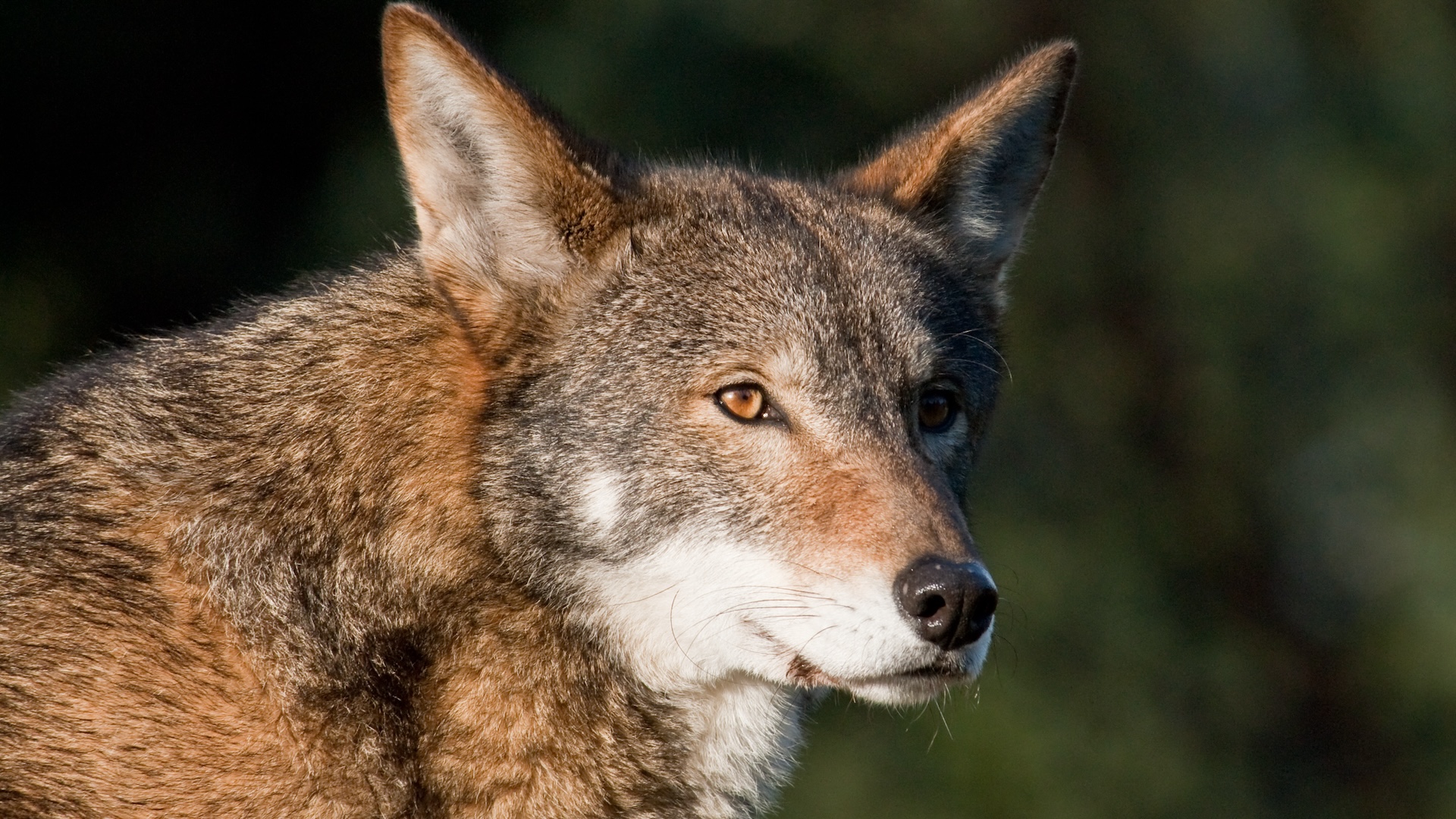10 things we learned about the first Americans in 2018
The first Americans
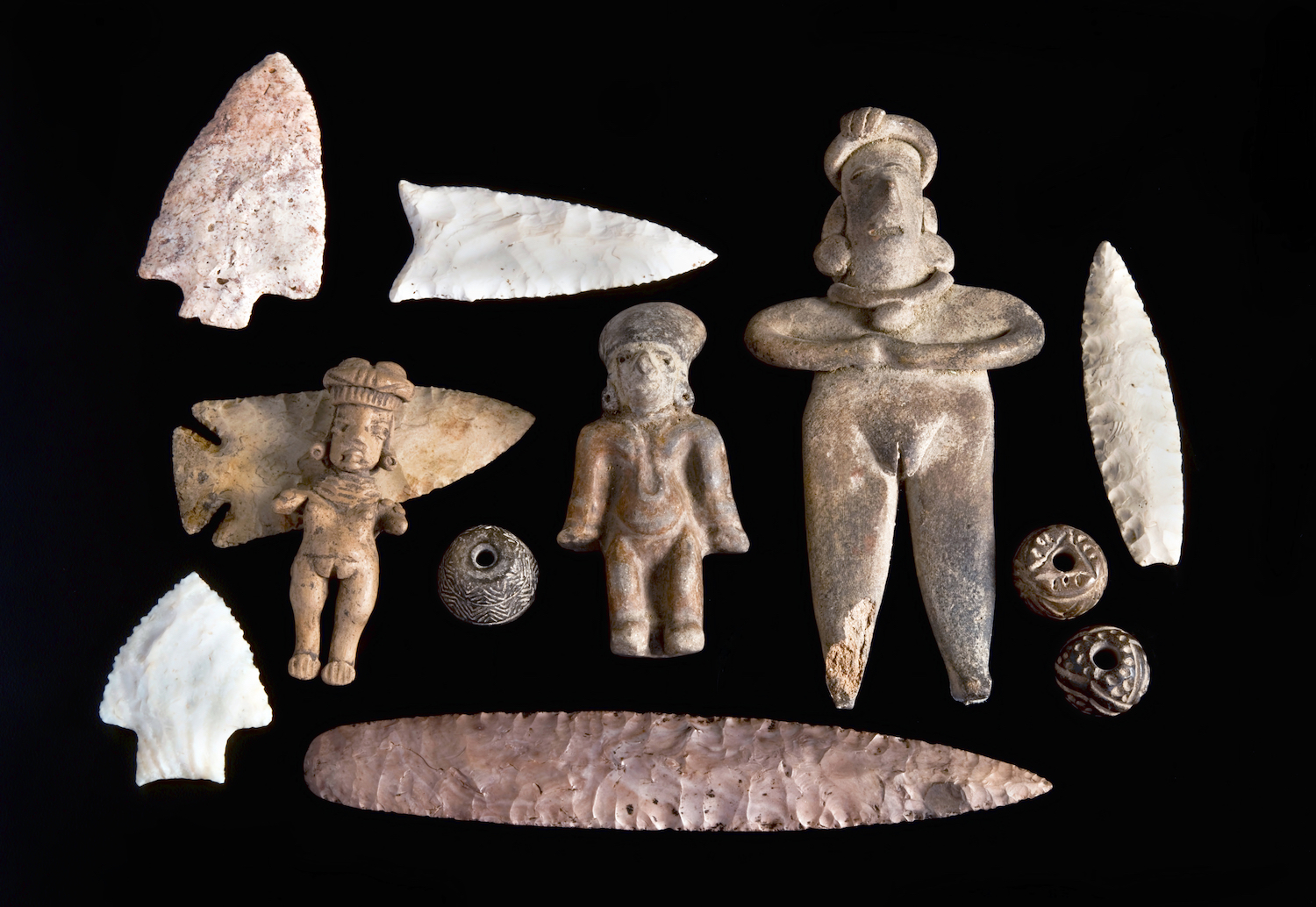
The year 2018 was full of scientific discoveries about the first people to set foot on the Americas. Though the basics of the journey — from Siberia into North America across the Bering Strait land bridge are agreed upon — researchers still don't know exactly where, when or how people first arrived at the continent. From the origins of the oldest North American mummy to unknown genetic connections between the early inhabitants of North and South America, here are the 10 most fascinating things we learned about the first Americans.
Small founder population
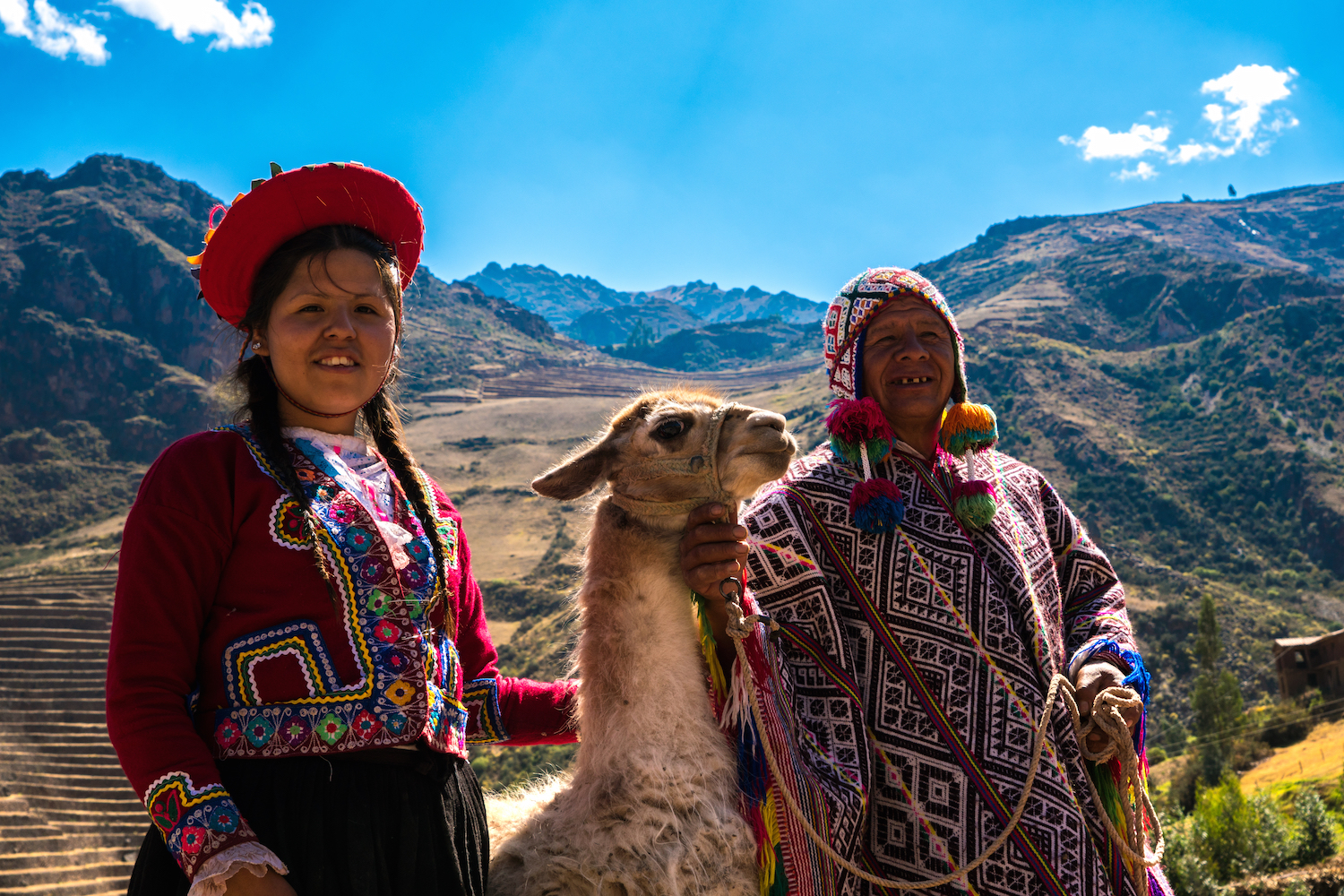
Take, for instance, a study that revealed that the first Native American group to settle in the Americas had just about 250 people in it. To make the finding, researchers looked at the DNA of people from Native American groups in Central and South America, different Siberian groups, and people from China. Because genetic divergence (for instance, between Native Americans and Siberians) increases with time, the researchers were able to plug the DNA data into a computer model and work backward to determine the size of the original group. [Read more about the first Americans]
Popular route
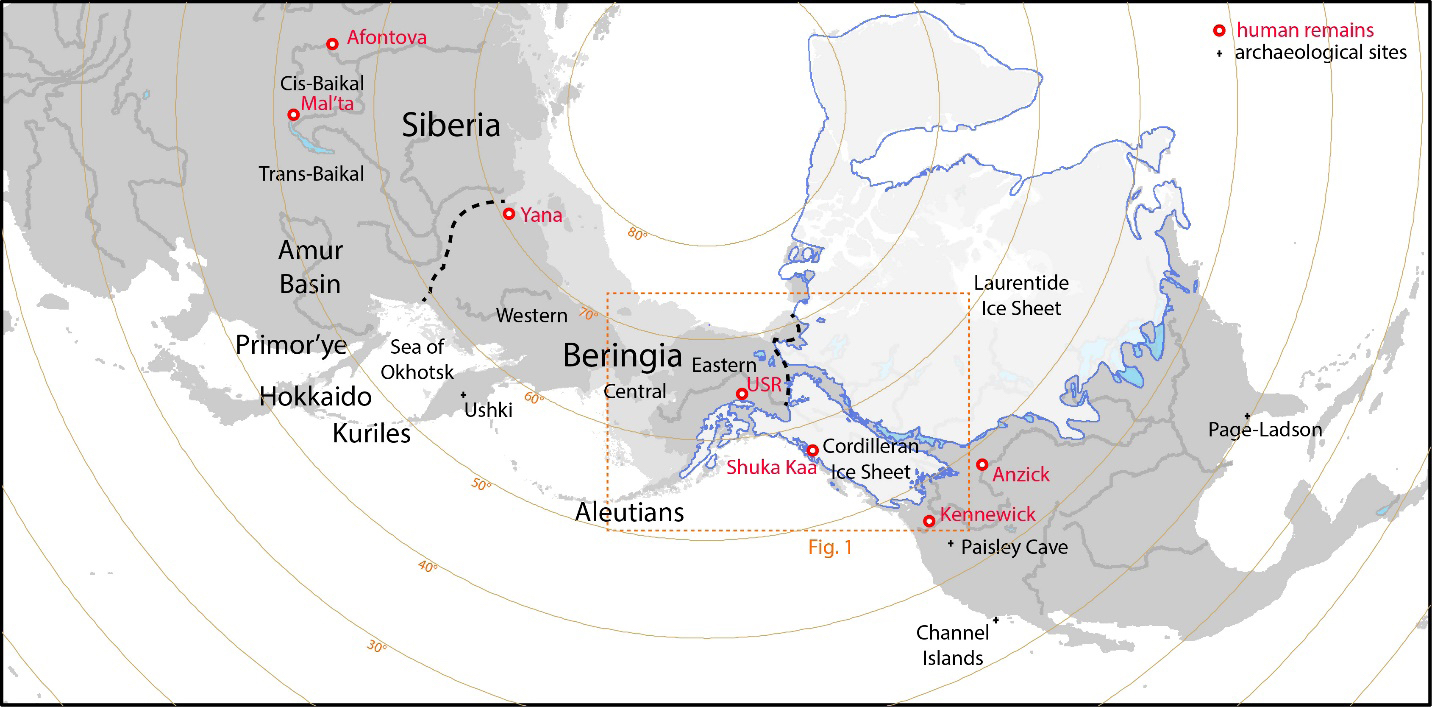
How did the first Americans get to the Americas? It's widely agreed that they started their journey in northeast Asia and southern Siberia. Between 25,000 and 20,000 years ago, these people became a genetically distinct group.
A new review published this year hypothesized that this group stayed in northeast Asia, but they stayed in a location that kept them genetically distinct from the other people there. Then, the group likely traveled inland across the Bering Strait land bridge, the researchers said. But these ideas are controversial. Other researchers contend that the genetic isolation happened when these people were already on the land bridge, forced to travel along the coast because of massive ice sheets inland. [Read more about what routes the first Americans may have traveled]
Barefoot tracks
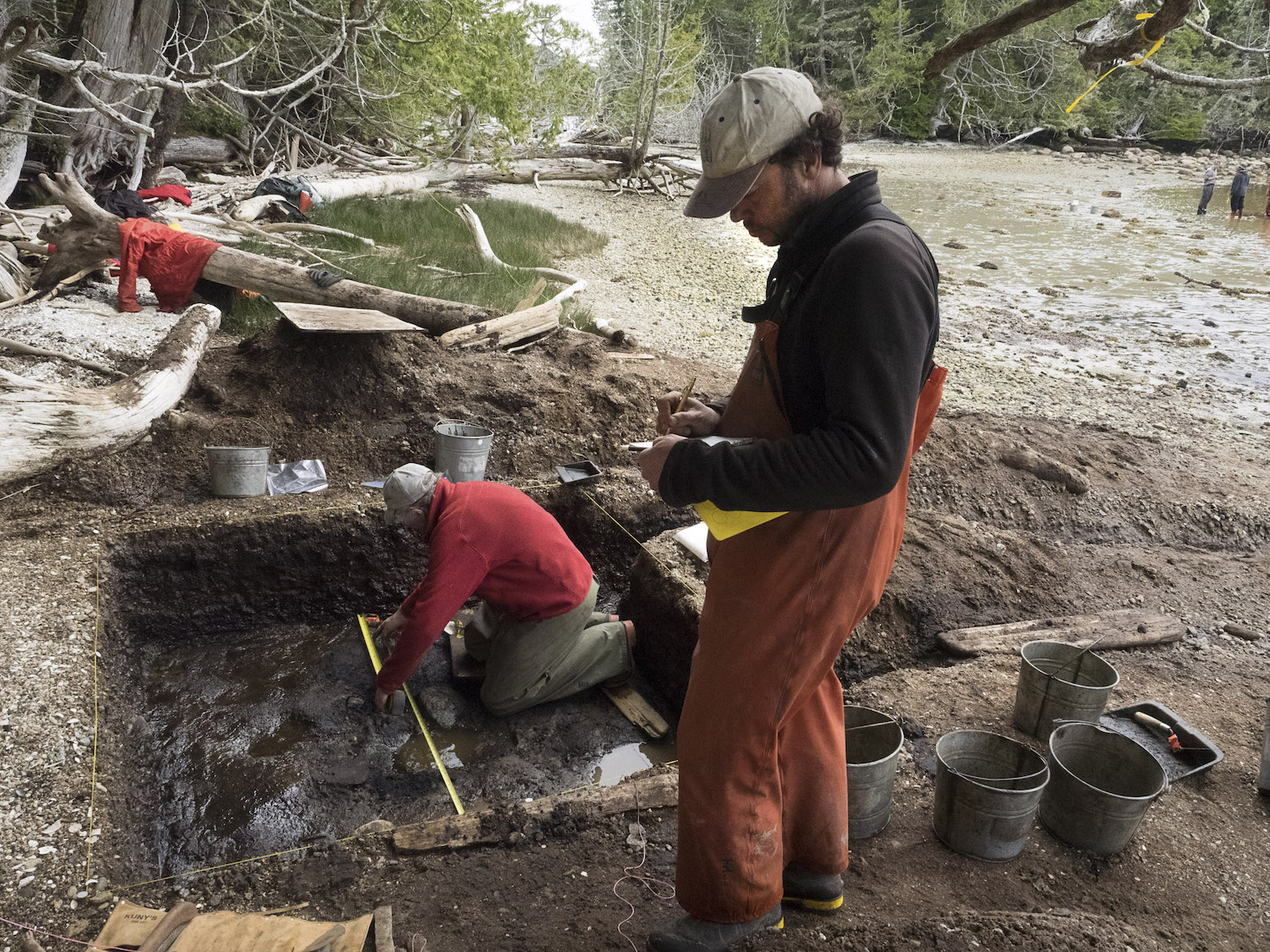
When the first people came over to live in the Americas, they left footprints behind. But evidence of these ancient imprints thousands of years later is incredibly hard to find. So, archaeologists were thrilled to discover the 13,000-year-old, shoeless footprints of two adults and a child.
The 29 footprints were left by the water's edge on Calvert Island in British Columbia, Canada. Perhaps ancient people left these footprints as they disembarked from a watercraft to move toward drier land, the researchers said. [Read more about the ancient footprints in Canada]
Oldest North American weapons

Several 15,500-year-old stone spearheads may be the oldest weapons on record in North America. These up to 4-inch-long (10 centimeters) spears are so old they may even predate the Clovis people, who were long thought to be the first group to populate the Americas.
But some archaeologists are skeptical of the techniques used to date the spearheads, which were found near Austin, Texas. Because there was no organic matter near the spearheads to use for radiocarbon dating, the scientists used optically stimulated luminescence (OSL), which shows how long ago quartz grains in the sediment were exposed to sunlight. That's not the gold-standard technique typically used to date such artifacts, however, experts previously told Live Science. [Read more about what may be the oldest North American weapons]
Vanishing act
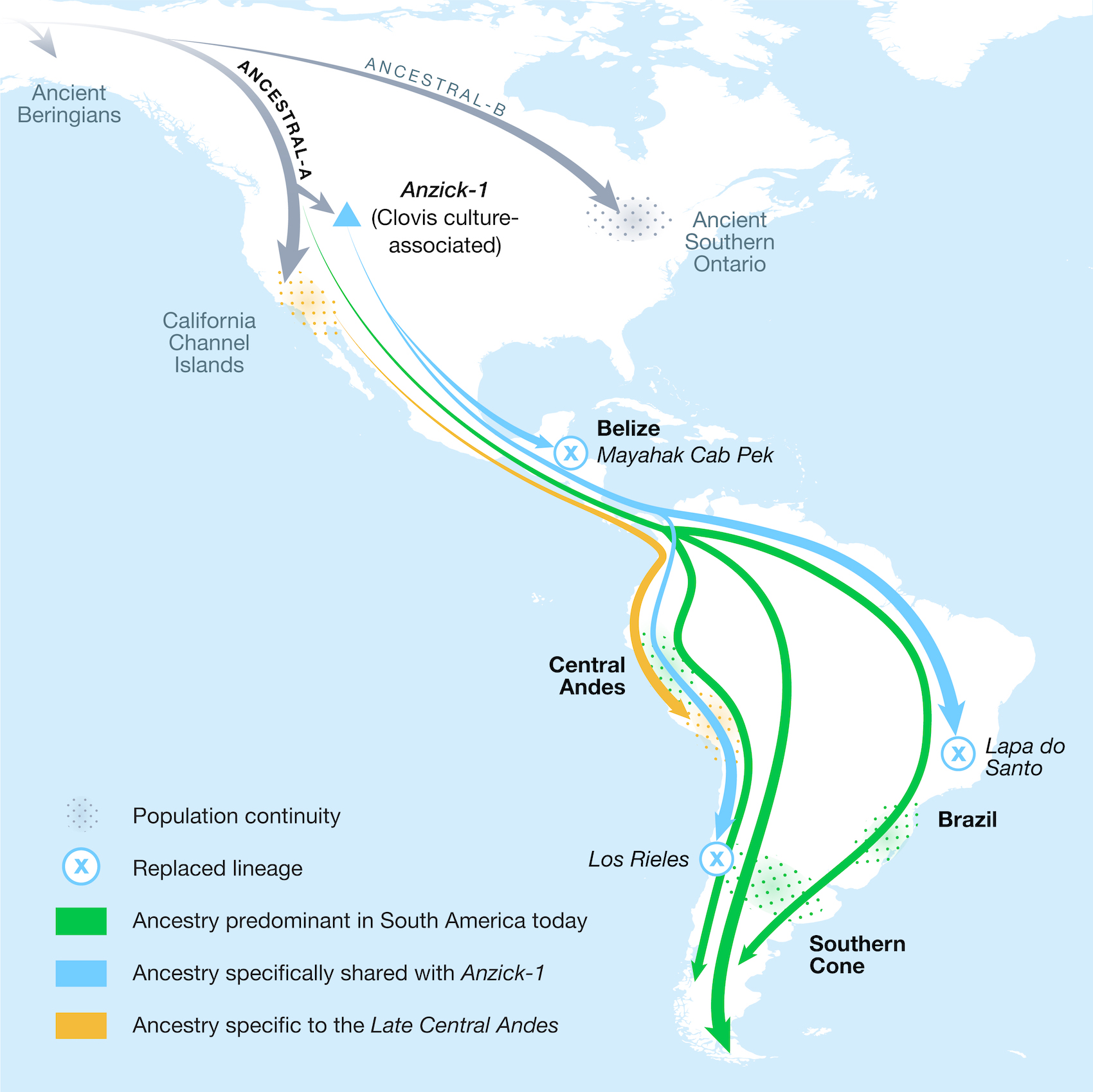
People who were genetically similar to the Clovis people journeyed down to South America by 11,000 years ago, another study published this year in the journal Cell found. But these people then mysteriously vanished around 9,000 years ago. It's unclear why, but perhaps another ancient people replaced them, the researchers said. [Read more about this strange disappearance]
Channel Islands
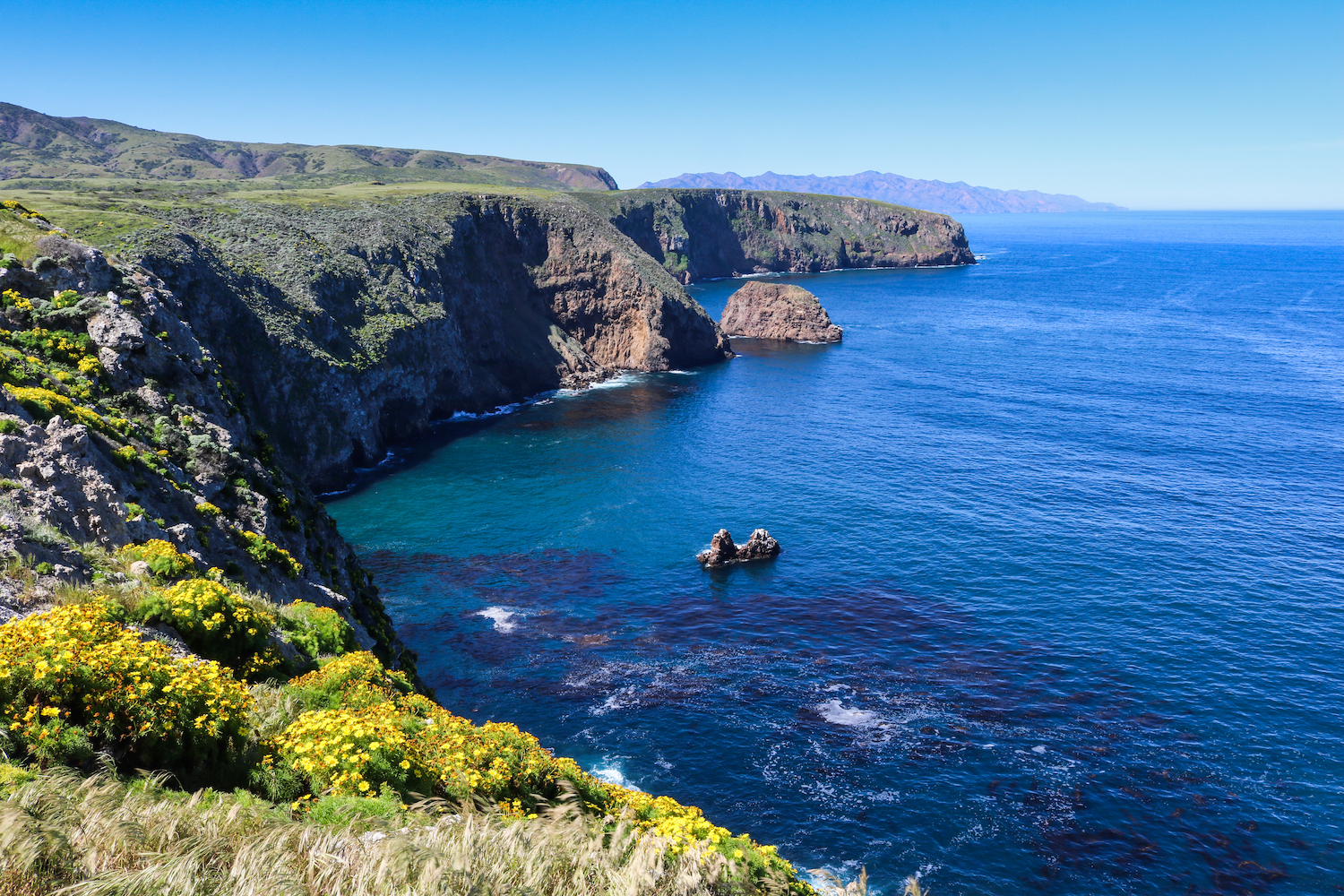
The same study also revealed that ancient people who lived on the Channel Islands, off the coast of California, shared ancestry with ancient people who lived in the southern Peruvian Andes at least 4,200 years ago. [Read more about the connection here]
Starchy adaptation

The ancient people who lived in the Andes Mountains evolved traits that helped them survive in the mountains 7,000 years ago. Over several thousand years, these people developed an adaptation in a gene associated with starch digestion, which likely helped them munch on starchy foods, such as maize and potatoes.
Ancient lowlanders did not have this starch-related adaptation, likely because they tended to be hunters and gatherers, not farmers, the researchers said. [Read more about the starchy finding]
Ancient babe's mysterious origins

About 11,500 years ago, an infant died in what is now Alaska. This past year, scientists analyzed the wee babe's DNA and learned that he or she was genetically distinct from humans in northeastern Asia. In addition, the baby differed genetically from two known branches of ancestral Native Americans. So, perhaps this infant belonged to an unknown human population that was among the first to settle in the Americas, the researchers said. [Read more about the mysterious baby]
Sloth stalkers
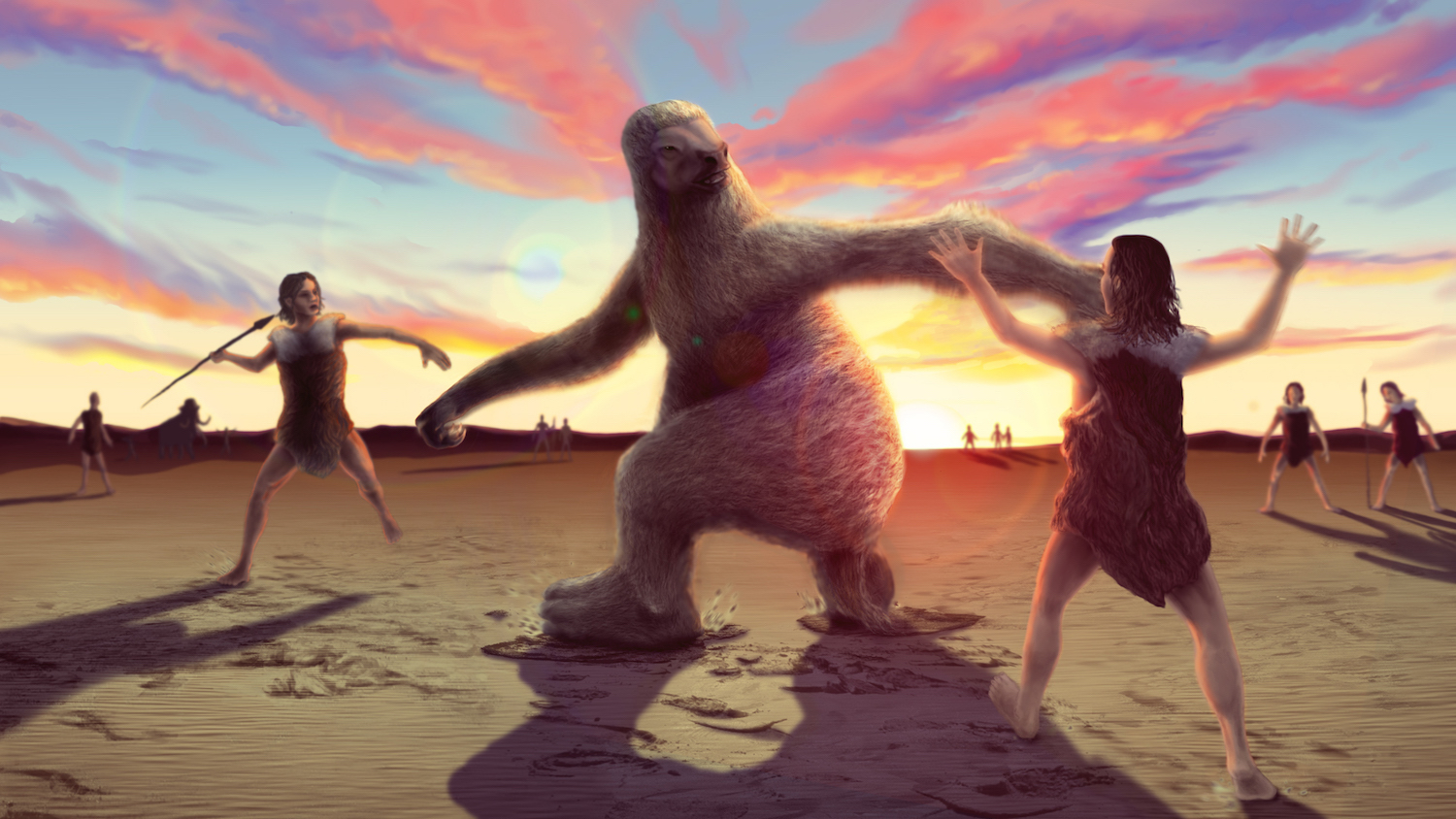
About 11,000 years ago, a Bigfoot-like ground sloth had unwelcome company. As the sloth trudged forward, the giant (now extinct) creature left behind large footprints. And ancient people, who were possibly hunting it, followed, stepping in those same footprints. Archaeologists found the tracks from the ancient chase in New Mexico's White Sands National Monument park. [Read more about the ground sloth trackers]
Oldest North American mummy
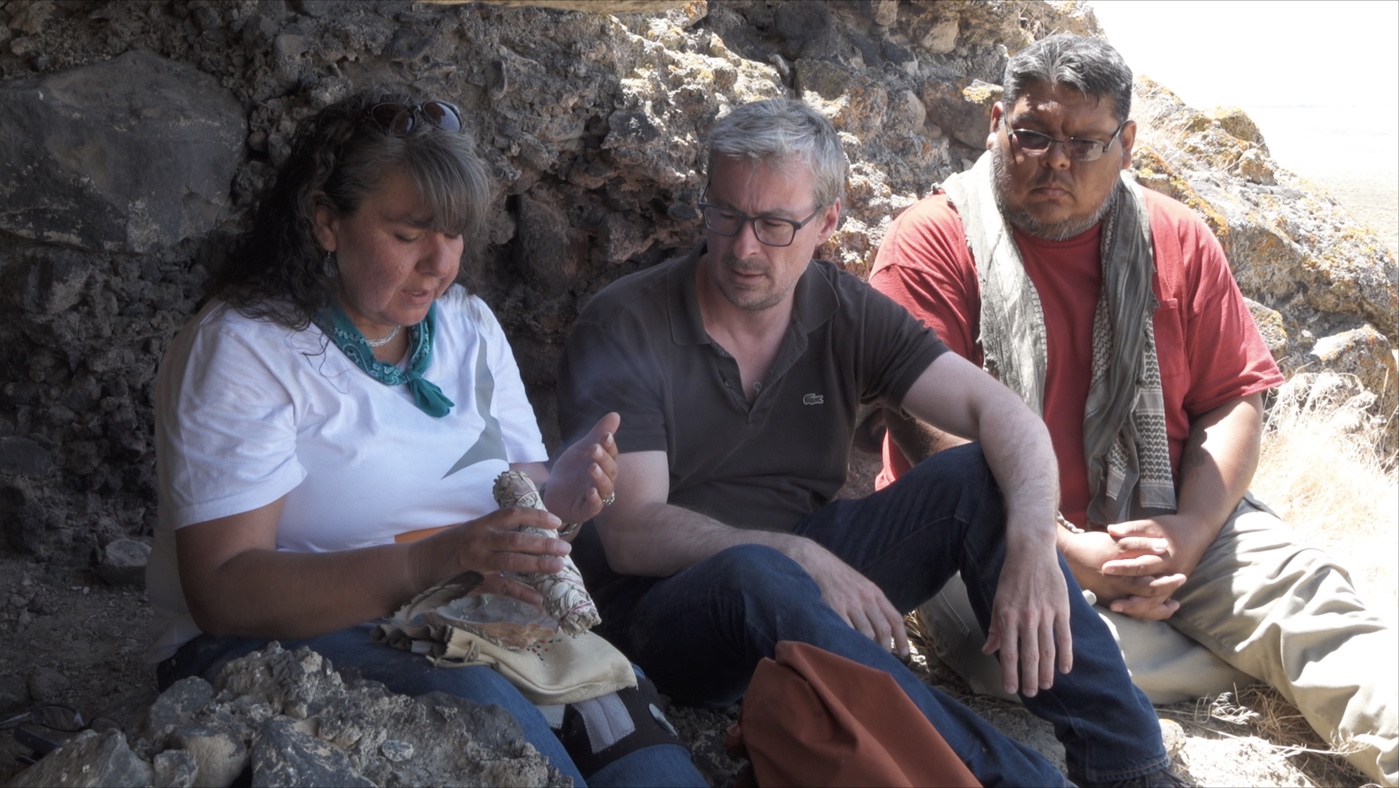
Nearly 10,600 years ago, a man was laid to rest in moccasins and a rabbit-skin shroud in what is now Nevada. Amazingly, the elements preserved his body, turning him into the oldest North American mummy on record.
A new genetic analysis of the the Spirit Cave mummy shows that the mummified individual's DNA matches that of people who lived as far north as Alaska and as far south as Patagonia. This indicates that the continents' first settlers spread quickly, the researchers said. [Read more about the Spirit Cave Mummy]
Sign up for the Live Science daily newsletter now
Get the world’s most fascinating discoveries delivered straight to your inbox.

Laura is the archaeology and Life's Little Mysteries editor at Live Science. She also reports on general science, including paleontology. Her work has appeared in The New York Times, Scholastic, Popular Science and Spectrum, a site on autism research. She has won multiple awards from the Society of Professional Journalists and the Washington Newspaper Publishers Association for her reporting at a weekly newspaper near Seattle. Laura holds a bachelor's degree in English literature and psychology from Washington University in St. Louis and a master's degree in science writing from NYU.
